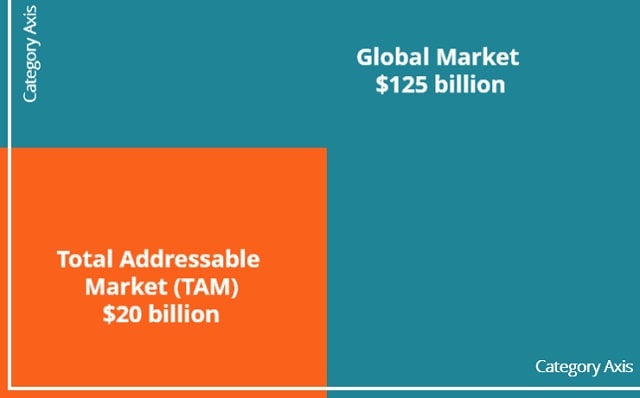
The Total Addressable Market (TAM) is important to differentiate between the global market for companies and investors alike. Silicon Valley has a strong view on TAM. To be taken seriously, your TAM needs to be $10B+, to generate real excitement, your TAM needs to be $100B+. This goes some of the way towards explaining the increased investment in digital health and real estate. Both have humongous TAMs, both real estate and digital health, depending on how your quantify them are measured in trillions. But, despite their apparent size, when you really cut them down to size, something comes to light about the overall market.
While U.S. real estate asset prices are worth trillions, there are $100B in real estate agent commissions a year. Of those, the majority of agent relationships are created from first degree connections (friends, family, colleagues). So, of the “up for grabs” agent market, if you absolutely nailed a new real estate brokerage model, you are talking about maybe a $10B market, of which getting 20-30% would be a great feat.
RedFin, with their discount brokerage model took 15 years to get to 1-2% market share across several U.S. cities. So despite the headline figures, maybe that vertical SaaS player with a seemingly small TAM of $6B, but clear GTM and high margins, looks more attractive. TAMs can be quite deceptive.
But TAMs alone don’t explain why Vertical SaaS has done so well and we have yet to see a real estate tech or health care tech $10B+ winner. The incentive systems are so well baked in health care and real estate. Try seeing a cash list at your local hospital. Or, buying a home directly, without an agent. Both will put you directly into the teeth of the system. And you will see it squirm at first, then reject you and if you continue to push, it will bite you.
These deeply ingrained incentive systems and regulatory capture create the false sense that the TAMs are really up for grabs. PCP to specialist networks look like they should be run more efficiently, but then you learn about the strong ties among members. Real estate agent and mortgage brokers too have close relationships. Laws have banned passing of referral bonuses, but that doesn’t stop dinners, sports tickets and gift giving that skirts the system.
Spending time in real estate and more recently in fast-growing consumer fintech (Earnin), the absence of these built-in systematic biases was refreshing. It reminded me of the thrill of the blue ocean, of green field. While the challenge of creating a new category of product is immense, I’d argue, it’s far easier than the challenge of working through the systematic entrenchment in health care and real estate.
While I am not altogether bearish, we are still waiting for the breakout in either health or real estate. In health, I’m bullish on direct primary care models and virtual care. They’ve shown real promise in reducing costs for patients. I’m bullish on risk models that are finally, at a glacial pace, changing incentives in the system.
In real estate, the buy before your sell models are brilliant. These are definitely the highest NPS experiences in real estate. These companies abstract complexity in the way great software does. Their models are also very attractive, seller commission + buyer commission + mortgage + bridge loan. The economics add up quick.
As the classic saying goes, as a startup can you figure out distribution before the incumbent figures out innovation. In spaces with systematic lock-up, incentive misalignment and regulatory capture - the incumbents can not innovate at all, but change the system around them to either harm your ability to distribution and advantage their ability to respond.
As with most things, there is no black or white answer to how to approach these spaces, we live in the grey. We exist in the fuzziness and volatility of the new economic marketplace. We remain stuck inside the wall of investment information available. The best we can do is analyze, re-compute and keep our opinions ever-changing as the dynamics in these spaces come to light.
